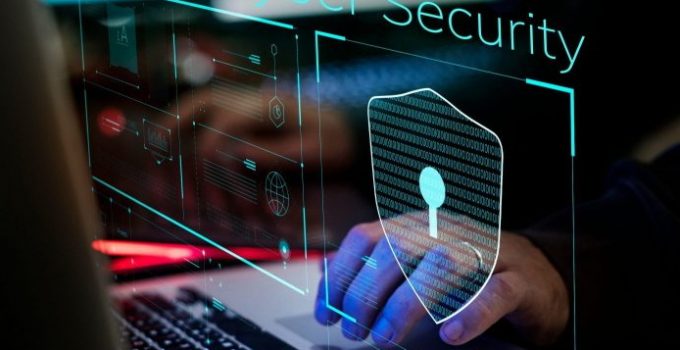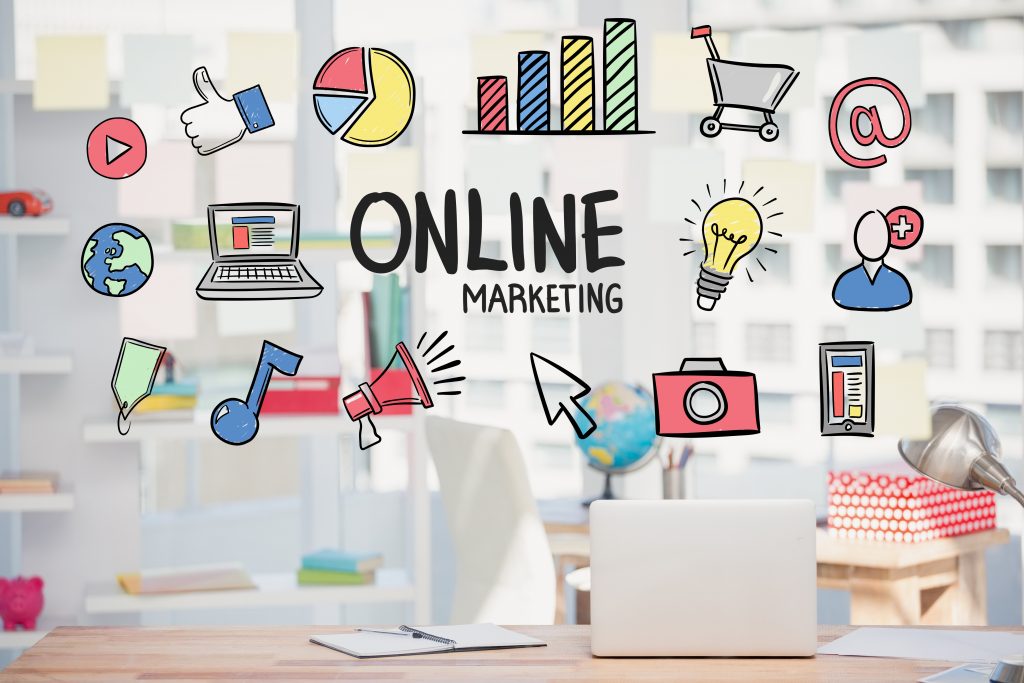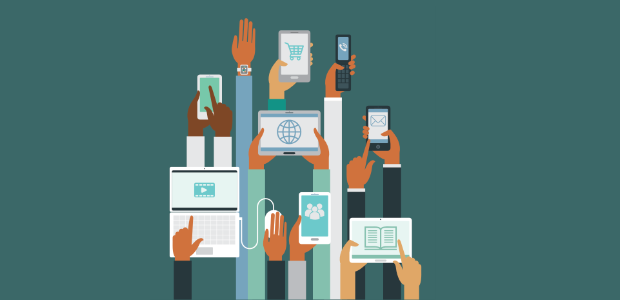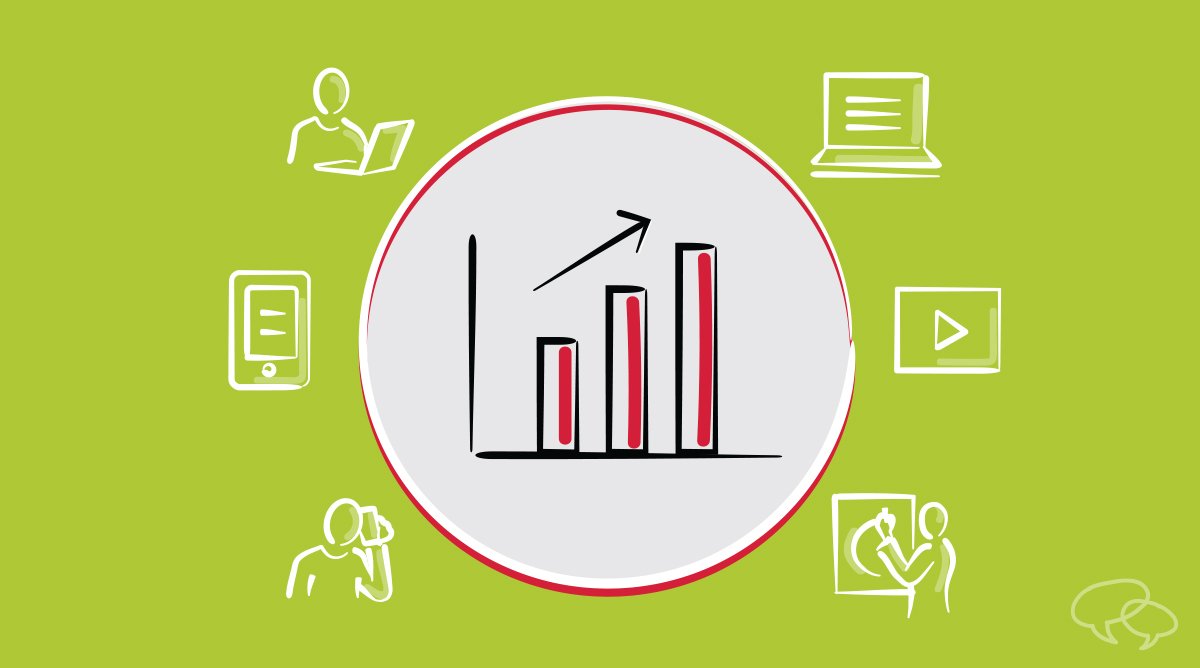
Overview of e-commerce (e-commerce)
Among the six prominent e-commerce markets in Southeast Asia, the Philippines has the lowest e-commerce value even though it is the country with the second highest population in the region.
With a population of 107 million, the Philippines has more than 76 million Internet users. GlobalWebIndex reports that 75% of Internet users between the ages of 16 and 64 have ever shopped online.
In 2019, the website Wearsocial and Hootsuite assessed the value of the Philippines' e-commerce industry at over $4.5 billion. This represents growth that is 16% higher than last year, lower than the regional average of 21%, but above the global average of 13%.
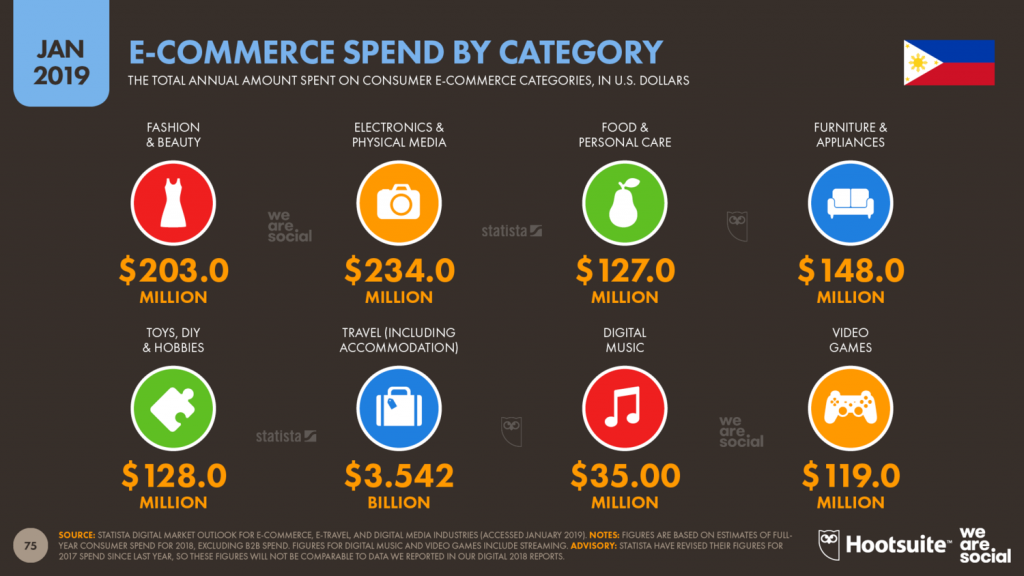
However, the tourism industry accounts for most of the value while consumer goods account for only $840 million. Electronics & appliances is the industry with the largest proportion, followed by fashion & beauty and furniture & home appliances. All consumer goods industries grew rapidly at an average rate of 22%.
Filipinos still do not have confidence in online shopping, they only spend an average of $20 throughout the year.
It can be seen that the Philippines is a primitive e-commerce market with untapped potential, despite the country's high rate of Internet usage. The good news is that the growth rate of e-commerce here has always been in double digits, and eMarketer predicts that the country will soon become one of the fastest growing markets in the coming years.
Motivational factors
- The Rise of the Middle Class: World Bank reports that the Philippines is one of the emerging economies in East Asia with an annual growth rate of 6.3% from 2010 to 2018. The country is growing on its way to becoming a high middle-income country in the near future. Poverty rates and income inequality are also declining, giving way to a growing middle class with strong spending power.
- Government Support: In 2016, the Philippine government announced an E-commerce Roadmap for 2016-2020 with the main objective of increasing the value of online business activities to 25% of the country's GDP. the country by 2020, an increase of 10% compared to 2015. Focus on development in 6 key areas: infrastructure, investment, innovation, intellectual property, information flow and integration; The Philippine government has introduced many favorable policies for e-commerce sellers in the market.

- Social networking habits: With an average age of 25.7, the Philippines is a country with a young and tech-savvy population. These people are intense Internet users with 10 hours 2 minutes a day, of which 4 hours 12 minutes are spent on social media. The proliferation of low-cost mobile devices has fueled this movement, making it easily accessible to Filipinos through a combination of social networks and e-commerce platforms. Most prominent social networking platforms such as Facebook, Instagram and Twitter are very popular in the Philippines. PayPal research shows that 87% of sellers are using social media as one of their selling channels.
- The convenience of e-commerce: The benefits of online shopping are gradually being recognized by customers, because of the rich choice of product types and sources of goods from at home and abroad. For a country where 89% of adults own a smartphone like the Philippines, the predominantly mobile approach that many e-commerce platforms are adopting will provide the ultimate shopping experience.
Challenge

- Cash payment: Very few Filipinos use online payment, only 1.9% of the population has a credit card and 9.9% has ever purchased and paid bills online. Therefore, online sellers must offer CoD (cash-on-delivery) delivery service as a payment method to attract the masses. This is a big concern for foreign sellers because of the time to receive money and the high return rate. However, the Philippine government has worked to push the bank to double its share of bank account holders from 35% to 70% by 2023 through its National Financial Strategy. E-wallets are also popping up in the country, with GCash and SMART Money being the two main service providers.
- Logistics: As an archipelago of more than 7,600 islands, shipping logistics is a challenge for the Philippines' last-mile delivery carriers. While residents in the capital Manila have easy access to most brands and stores, suburban and rural areas have very limited options. Shipping times also vary with 1-2 days for urban areas and up to 7 days for others.
- Internet connection: The internet in the Philippines has the slowest connection and is the most expensive in Southeast Asia, so brands must really pay attention to website optimization.
- Consumer Confidence: In general, Filipino consumers are still skeptical of online transactions including e-commerce and credit cards. They think that online sellers are scammers and that getting money back will be quite difficult, while credit cards can lead to "overstretching". E-commerce platforms are trying to change this perception by being as transparent as possible and putting in place policies to protect online buyers.
Hybrid trade
Poor infrastructure is a problem in most rural areas in developing countries, and the Philippines is no exception. The underdevelopment of transportation routes makes it difficult for logistics companies to reach specific addresses, which increases transportation costs, in addition, the waiting time is also quite long.
E-commerce players in the Philippines have come up with a strategy to solve this problem: setting up pickup points at central locations such as malls or convenience stores for customers to pick up their products. book online. Some places even offer a purchase service to assist customers who are new to online shopping.
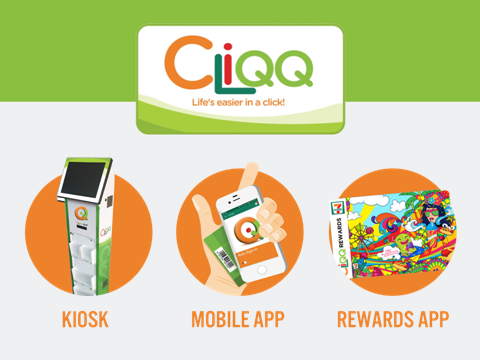
A typical example is the CLiQQ service installed in the 7-Eleven convenience store chain. CLiQQ can help customers pay bills, book airline tickets, and shop online. Items ordered will be shipped to the store for customers to pick up after a few days.
This method is called hybrid commerce - e-commerce based on traditional business channels. Through hybrid commerce, e-commerce sellers can reach two sets of customers that are beyond their reach: customers they can't deliver and customers who don't know how to shop online. And as infrastructure and customer perceptions take time to change, this approach is highly likely to become the premise for e-commerce in the Philippines to develop.



 Login
Login Register
Register

